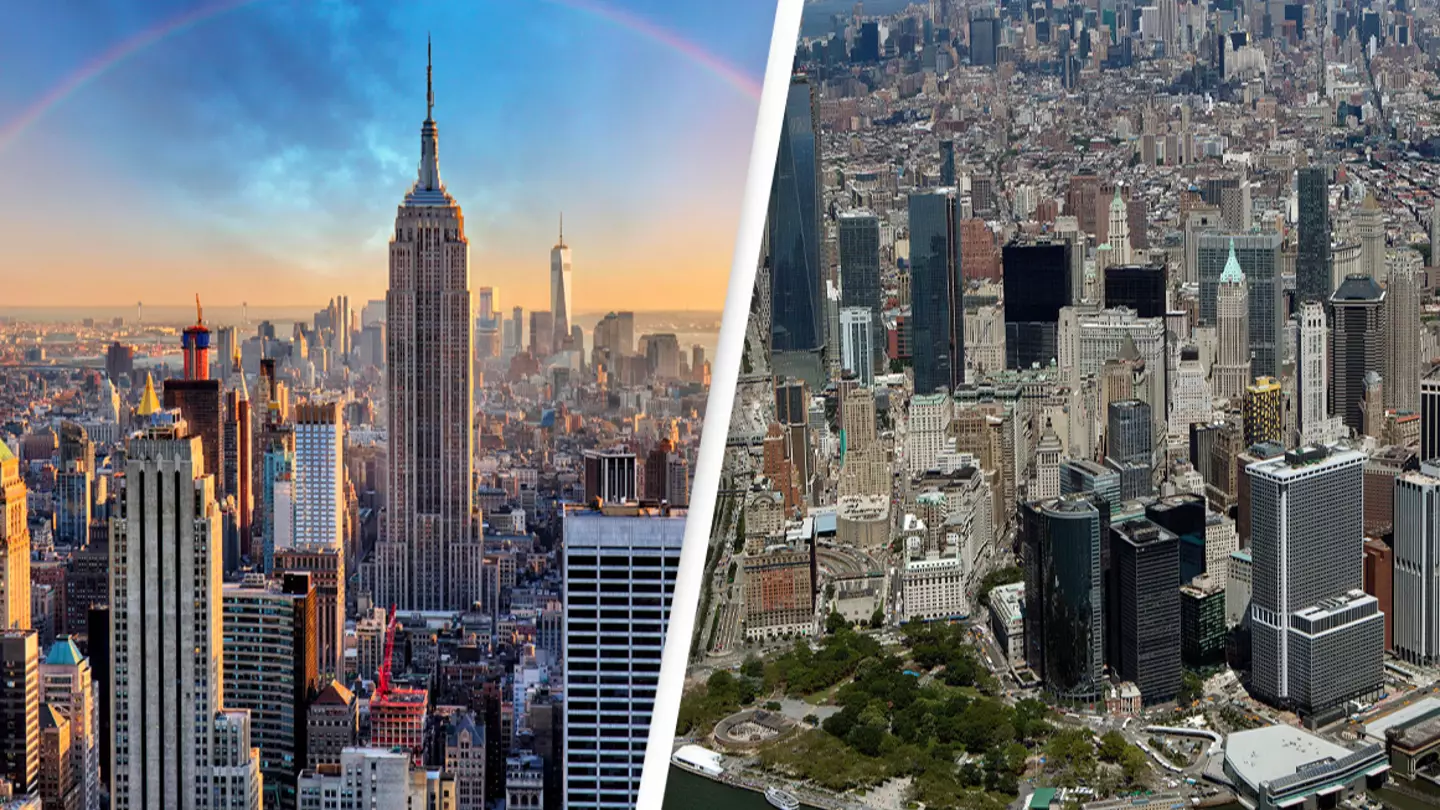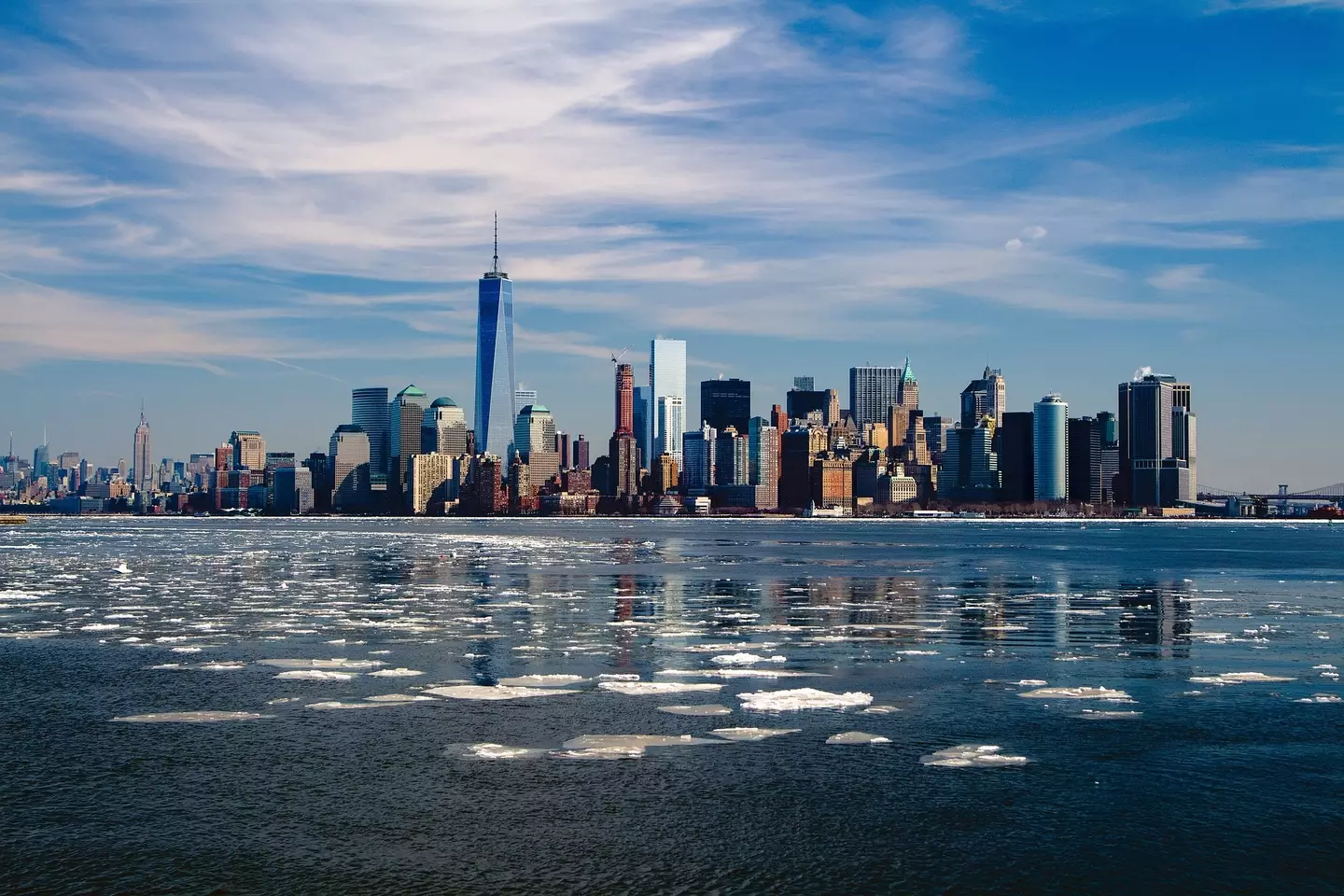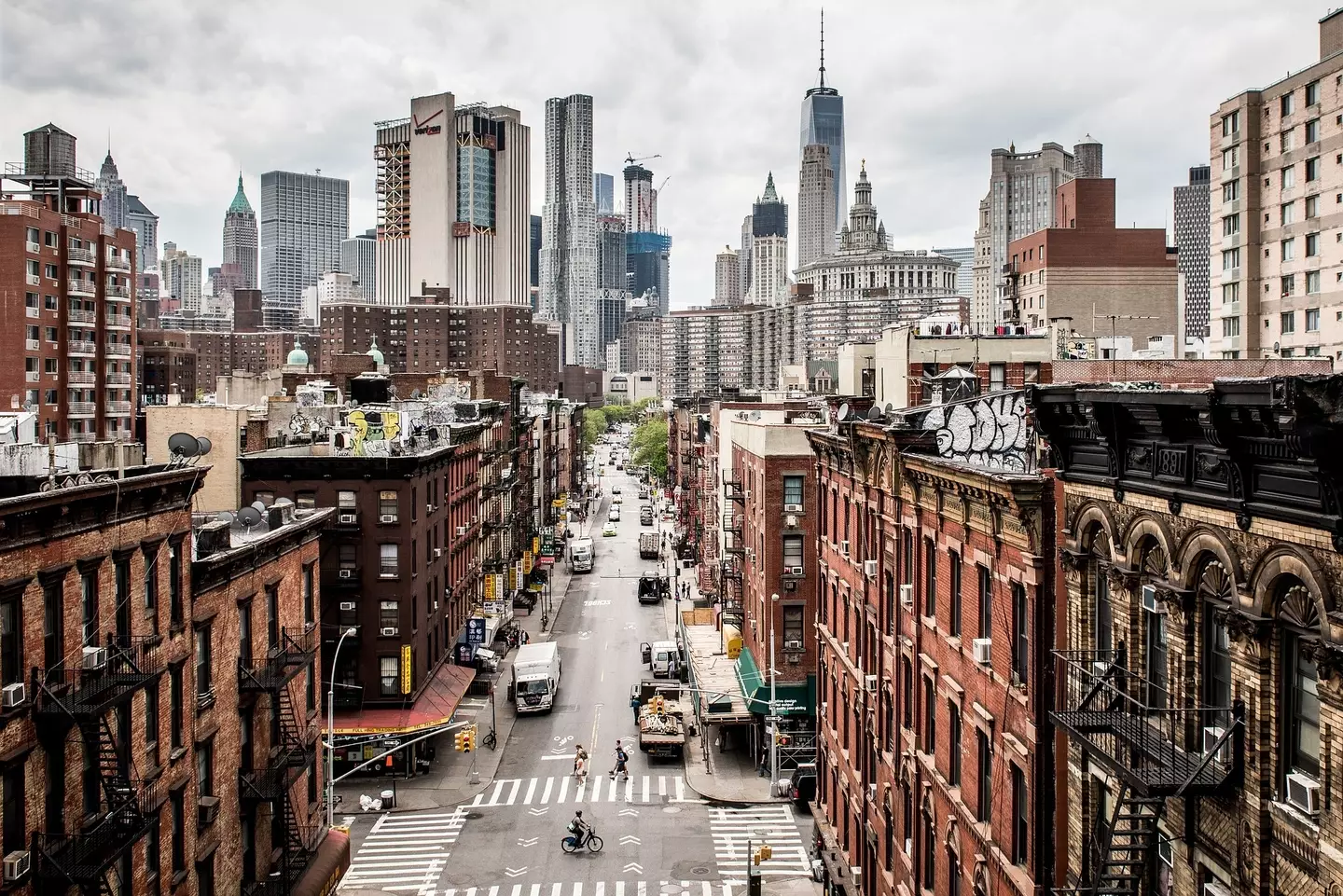
Americans might find themselves apple-bobbing for New York City in the future as a new study has found the iconic landmass is slowly sinking.
Get it? Apple bobbing? Big Apple?
Alright, I'm just trying to bring a bit of fun to this really quite terrifying news.
Advert

The study comes from a team at the United States Geological Survey and the University of Rhode Island, which figured out the cumulative mass of the more than one million buildings in the city and divided it into a grid of 100-by-100-meter squares.
By factoring in gravity's pull, the team converted building mass to downward pressure on the Earth, taking into account the geology beneath the city that never sleeps.
The Earth's surface is known to settle or sink in a process called subsidence when soft sediments shift, or when there's a heavy load bearing down on it, but the impact that heavy cities might have on this process has rarely been studied.
Satellite data shows New York City's footprint collapsing into Earth, with the study revealing that it's sinking at a rate of 1-2 millimeters per year.
I'm sure you won't be surprised to hear that the dozens of skyscrapers in the concrete jungle are contributing to its descent, and geologist Tom Parsons has noted that combined with global warming, New York will be at greater risk of becoming flooded if a big storm hits.
Advert
"The point of the paper is to raise awareness that every additional high-rise building constructed at coastal, river, or lakefront settings could contribute to future flood risk," Parsons, of the United States Geological Survey, and his colleagues at the University of Rhode Island wrote.

Speaking to the Mail Online, Parsons said: "It can be exacerbated with storm-forcing. Obviously, we've had some events in New York City with hurricanes coming in.
"That's where a lot of the inundation risk comes from. Not necessarily that the island will be completely submerged — at least not anytime soon.
Advert
"But when you have these extreme events, you can start seeing inundation."
It's worth noting that the study only included the mass of buildings in the city, and didn't factor in roads, pavements, bridges, railways, and other paved areas, so it's likely the study is underestimating the real impacts of the weight.
The team concluded: "New York is emblematic of growing coastal cities all over the world that are observed to be subsiding, meaning there is a shared global challenge of mitigation against a growing inundation hazard."
Topics: US News, Science, Environment